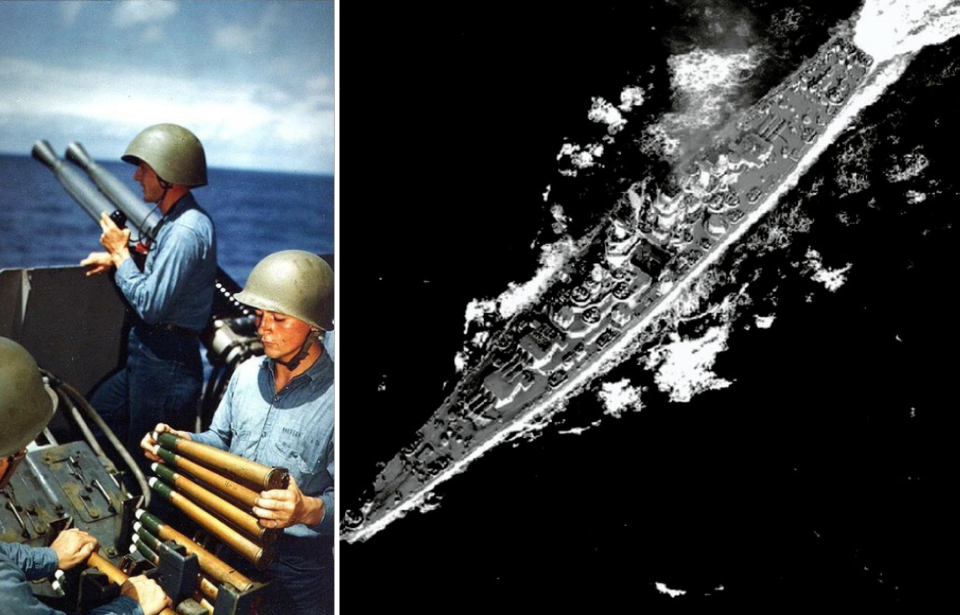During the Second World War, the USS Alaska (CB-1) stood out as a powerful and vessel with impressive specifications. Despite being officially designated as a large cruiser, her construction and capabilities were so remarkable that she could be mistaken for a battleship.
Alaska possessed noteworthy speed and formidable armament. However, her influence on the war was constrained by a delayed commissioning and substantial changes under wartime conditions, deviating from the circumstances prevailing during her initial order.
History behind the Alaska-class of large cruisers
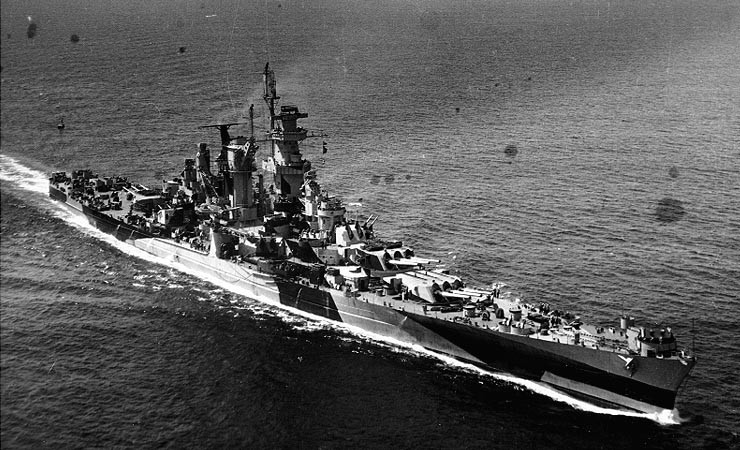
The USS Alaska served as the flagship of the Alaska-class large cruisers. Initially planned as a family of six vessels, only Alaska and the USS Guam (CB-2) were completed, with a third vessel canceled during construction.
These cruisers, the largest built by the United States during World War II, held a unique position between conventional cruisers and battleships. Unlike traditional cruisers, which are fast, heavily armed and thinly armored, the Alaska-class represented a middle ground that provided substantial firepower.
Before the outbreak of the war, cruisers were restricted by the Washington Naval Treaty to 10,000 tons and 8-inch guns. In the late 1930s, intelligence indicated that Japan was constructing large “super cruisers” surpassing any operated by the US. With aircraft carriers not yet dominating naval warfare, the US Navy responded by developing its own large cruisers to counter these formidable Japanese vessels.
All the ships in the class, including those not constructed, were named after US territories, reflecting their distinctive status between battleships and cruisers.
Alaska-class specs
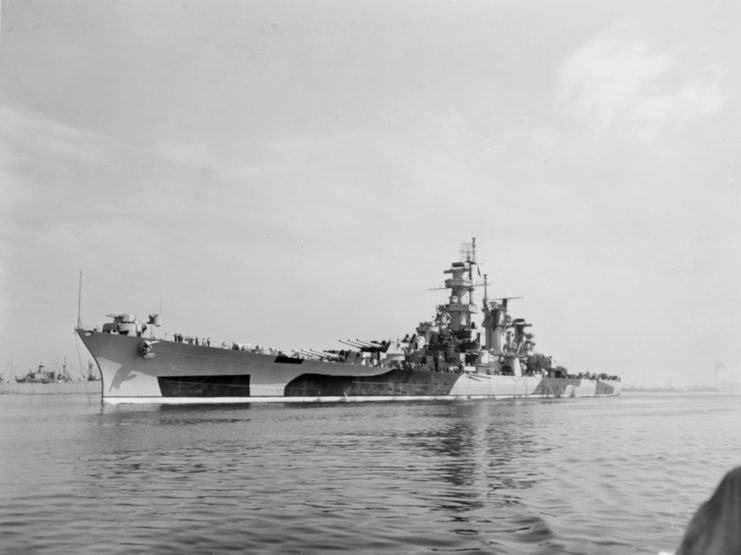
Even though there were only two Alaska-class large cruisers constructed, they were mighty vessels. At 808 feet long, they were about as long as the German battleship Bismarck, and with a displacement of 34,000 tons were heavier than Essex-class carriers. Powered by eight Babcock and Wilcox boilers, the Alaska-class could reach speeds of up to 38 MPH and had a range of 12,000 nautical miles.
As aforementioned, they were heavily-armed. The vessels’ main battery consisted of nine 12-inch/50 Mk 8 naval guns and two forward turrets in a superfiring position and one aft. Six turrets housed another 12 five-inch/38 dual-purpose guns, while 56 quad-mounted Bofors 40 mm guns and 34 single-mounted 20 mm Oerlikon guns served as the ships’ light anti-aircraft defense.
Compared to battleships of the same era, the Alaska-class featured relatively thin armor, but it was by no means poor. Their belt armor was 229 mm thick, while the armor on their deck was 102 mm thick. Their turret faces featured 325 mm-thick armor. This was much less than vessels like the Japanese battleship Yamato or the USS Missouri (BB-63), but was comparable to older and smaller battleships.
Combat in the Pacific Theater had changed come 1944
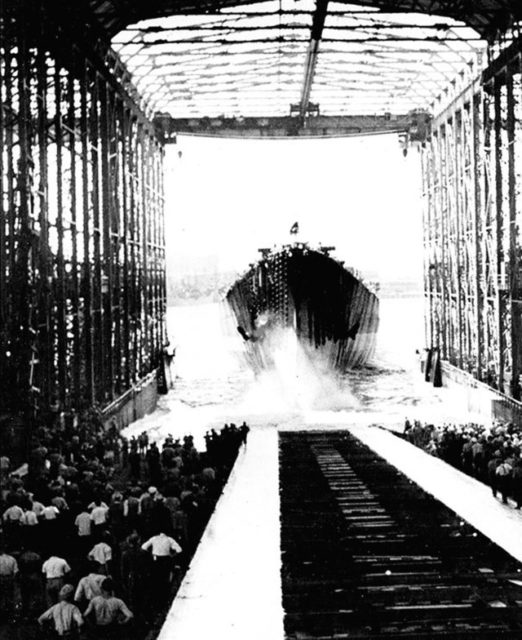
Construction commenced in December 1941, just days after the Japanese attack on Pearl Harbor, and the USS Alaska was commissioned on June 17, 1944. However, by this time, the original purpose of countering Japanese commerce raiders had proved impractical, and the dynamics of maritime power had undergone substantial changes.
During the initial order for Alaska, heavily armed ships dominated the seas. Yet, by mid-1944, the unquestionable ascendancy of aircraft carriers had emerged. Even the most formidable battleships were vulnerable to airborne attacks from hundreds of miles away, lacking sufficient defenses. Lightly-armored vessels, like those of the Alaska-class, were particularly exposed.
Consequently, they were repurposed as fast carrier escorts, entrusted with the crucial mission of safeguarding carriers from both aerial and maritime threats.
The USS Alaska (CB-1) supported US action on Iwo Jima and Okinawa
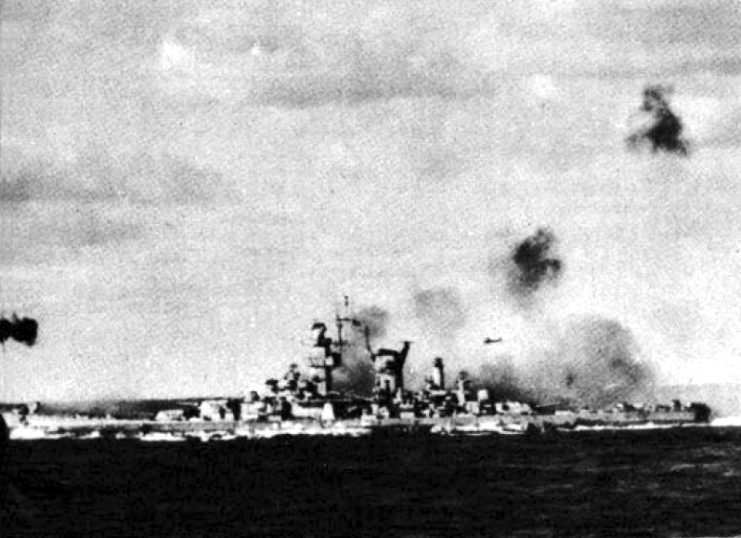
The USS Alaska helped support the US landing at Iwo Jima in February 1945, protecting the USS Enterprise (CV-6) and Saratoga (CV-3). After this, she joined the USS Yorktown (CV-10) and Intrepid (CV-11), which were launching airstrikes on Okinawa.
During the Battle of Okinawa, Alaska had her first taste of combat, being thrown straight into the deep end against a fierce Japanese air strike on the US fleet. She shot down two Japanese aircraft, one of which was attempting to crash into Intrepid.
One night in March 1945, Alaska opened up on Minamidaitō with forty-five 12-inch shells and 352 five-inch shells. Following this, on April 11, she shot down one Japanese aircraft and another that was likely a Kugisho MXY7 Ohka 22.
The USS Alaska (CB-1) was ultimately decommissioned
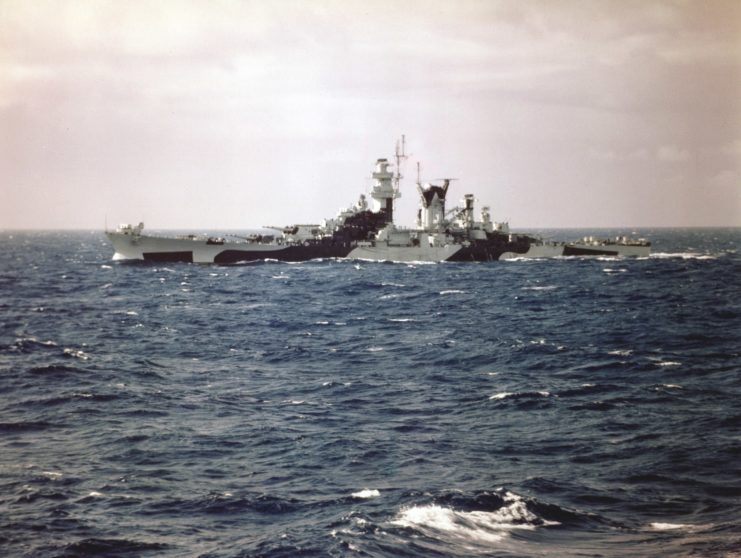
For the remainder of the Second World War, the USS Alaska conducted similar missions, before spending time as part of the occupation force in Japan. She transported US soldiers home as part of Operation Magic Carpet, and was removed from active service in August 1946. Just under a year later, on February 17, 1947, Alaska was decommissioned.
A few studies were done to see if Alaska and Guam could be repurposed, but it was found this would be too expensive an endeavor. As such, both were stricken from the Naval Vessel Register and scrapped in the early 1960s.
Want War History Online‘s content sent directly to your inbox? Sign up for our newsletter here!
Despite arriving late to the war (and without much purpose), the USS Alaska was put to work and scored a number of victories, kept her crew safe and earned an impressive three battle stars.
